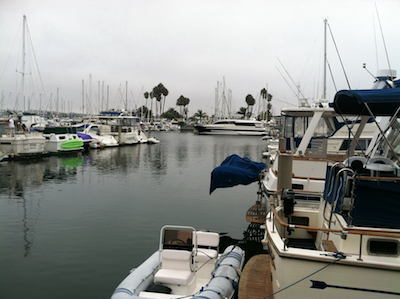Not from all the rain we’re getting. Not from the RNC. What is about to explode is the number of startups getting off the ground. Unfortunately they will look like nothing the area has ever seen before. We’re largely known for medical companies and real estate but a growing core of entrepreneurs are bringing new companies and products to market that don’t even closely resemble these verticals. From BumperCrop and TourWrist to ChannelLauncher (my personal favorite) and Carvoyant, the landscape is slowly changing. And I say “unfortunately” because the infrastructure (for example, Capital) isn’t in place yet for companies like these. Tampa’s 60/20 Plan as well as Gazelle Lab are working to change that but it will take time. In fact it will take 20 years to change the face of the entrepreneurial community in Tampa Bay. I peg year 1 as 2008, the first year of BarCamp Tampa Bay, so we still have 16 years before we can really call ourselves a successful entrepreneurial community. Many have argued with me that it will only take 5 years to complete the transition. They’re dead wrong. Here’s why. We need three key components to make this happen
- Entrepreneurs
- Technology Professionals
- Angel Investors
We have a small number of entrepreneurs, the risk takers that can distinguish a ‘good idea’ from a ‘good business idea’ and figure out how to build a product and a company around it. Then there are the technologists – developers, architects and sys admins that build great stuff. There’s plenty of them in the area but relatively few are engaged in the community. And then there’s the Angel Investors. This group is virtually non-existant for tech startups looking for seed stage funding in Tampa Bay. These three groups form a symbiotic relationship when it comes to starting a tech company, they need to work in unison and be in direct contact. Today they are not, not even close. It will take time, trust, missed opportunities and big successes to bring all three together, in particular the Angel component. That’s what will take 20 years to build a thriving entrepreneurial community. So Tampa Bay really is ready to take off and if you’re one of these three groups, you’ve got a huge opportunity to directly impact the direction of the community. Just realize that the goal line is in the year 2028.









